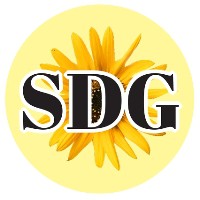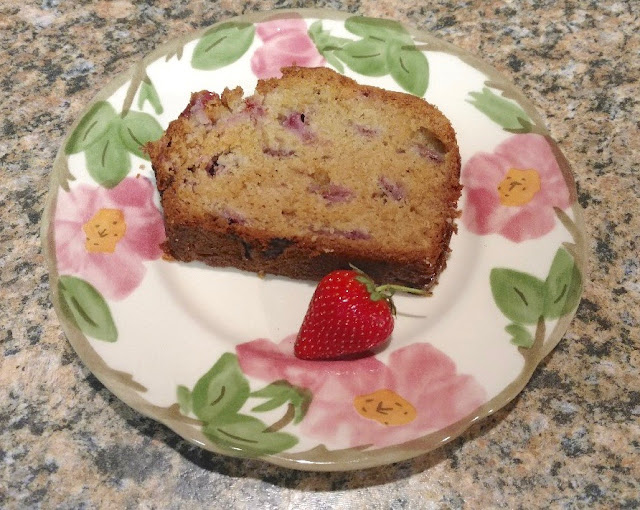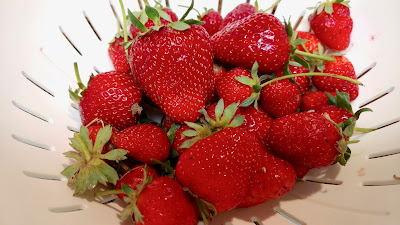
Recipe: Tea bread makes the most of small berries
 |
| Sunny strawberry bread marries berries and lemon. (Photos: Debbie Arrington) |
This delightful tea bread combines two favorite flavors of spring: Strawberries and lemon. It also makes good use of small berries.
Small berries is what I have right now. My strawberries have had a bountiful May, producing pint after pint of flavorful berries. And they just keep going.
I grow Seascape, a disease-resistant ever-bearing variety that's bright red all the way through. It can take the heat and produces berries from April through November. Besides all those pluses, the flavor is intense and very berry.
The first round of fruit is always the largest and prettiest; those berries go into shortcake or on top of tarts. In late May, the plants are pumping out little jewels -- thimble-sized berries that are just the right size to bake into bread or other treats.
This recipe is an adaptation of Nicole Routhier's strawberry-lemon bread in her excellent "Fruit Cookbook" (Workman Publishing, 1996).
Tossing the strawberries with a little flour before baking keeps the fruit suspended in the batter instead of sinking to the bottom of the loaf.
Yes, it's a lot of butter, but the result is light and moist.
 |
| Still a few large Seascape berries, but mostly small ones now. |
 |
| Strawberry bread is great for brunch, a snack or dessert. |
Comments
0 comments have been posted.Sacramento Digs Gardening to your inbox.
Sites We Like
Garden Checklist for week of April 21
This week there’s plenty to keep gardeners busy. With no rain in the immediate forecast, remember to irrigate any new transplants.
* Weed, weed, weed! Get them before they flower and go to seed.
* April is the last chance to plant citrus trees such as dwarf orange, lemon and kumquat. These trees also look good in landscaping and provide fresh fruit in winter.
* Smell orange blossoms? Feed citrus trees with a low dose of balanced fertilizer (such as 10-10-10) during bloom to help set fruit. Keep an eye out for ants.
* Apply slow-release fertilizer to the lawn.
* Thoroughly clean debris from the bottom of outdoor ponds or fountains.
* Spring brings a flush of rapid growth, and that means your garden is really hungry. Feed shrubs and trees with a slow-release fertilizer. Or mulch with a 1-inch layer of compost.
* Azaleas and camellias looking a little yellow? If leaves are turning yellow between the veins, give them a boost with chelated iron.
* Trim dead flowers but not leaves from spring-flowering bulbs such as daffodils and tulips. Those leaves gather energy to create next year's flowers. Also, give the bulbs a fertilizer boost after bloom.
* Pinch chrysanthemums back to 12 inches for fall flowers. Cut old stems to the ground.
* Mulch around plants to conserve moisture and control weeds.
* From seed, plant beans, beets, cantaloupes, carrots, corn, cucumbers, melons, radishes and squash.
* Plant onion sets.
* In the flower garden, plant seeds for asters, cosmos, celosia, marigolds, salvia, sunflowers and zinnias.
* Transplant petunias, zinnias, geraniums and other summer bloomers.
* Plant perennials and dahlia tubers for summer bloom.
* Mid to late April is about the last chance to plant summer bulbs, such as gladiolus and tuberous begonias.
* Transplant lettuce seedlings. Choose varieties that mature quickly such as loose leaf.